“Hope is being able to see that there is light despite all the darkness[1].”
We are nearing a month and half of living in quarantine. As I’m sure you can attest, sometimes it’s challenging to not feel overwhelmed by it all and fixate on everything you’re missing out on. With each passing day new routines become more familiar, but our growing sense of restlessness and unease continues to heighten. In other words, it’s easy to lose perspective: It’s easy to lose hope.
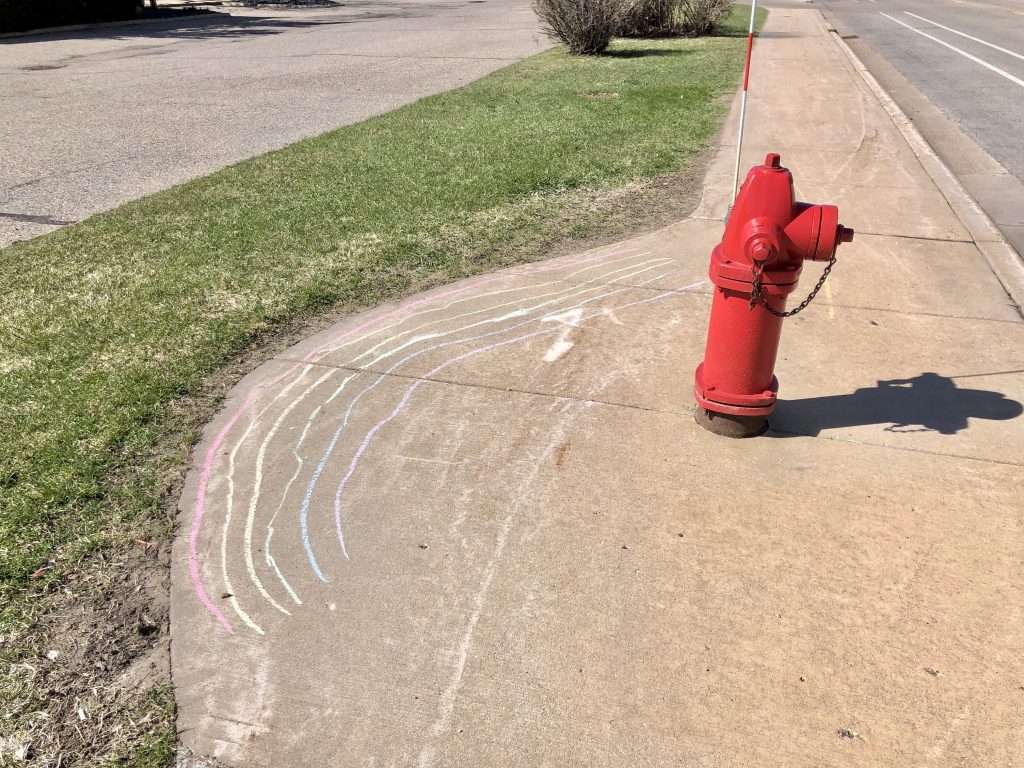
Perhaps there is no color that better symbolizes hope and possibility than yellow. Maybe this is why I feel so elated and energized when the sun’s warm golden rays shine through my window and tickle my skin. Indeed, yellow is inherently bright and exuberant in a warm, soulful way. Yellow birds in particular—yellow “canaries,” if you will—evoke connotations of joy, prosperity, and freedom.
In light of our overwhelming new circumstances, it is easy to feel like a caged bird, confined to our homes as we look out at an untouchable world of promise and possibility. However, our cage is only as small as our minds, and if we train ourselves to intentionally reframe our perspectives, we can truly unearth a new realm of possibilities we didn’t even know existed.
A couple weeks ago, John Krasinski created a YouTube series dedicated entirely to good news. Appropriately titled Some Good News, Krasinski launched the series to combat the recent barrage of chaos and negativity by intentionally dedicating twenty minutes each week to highlight inspiring stories that foster hope. Operating as a good news synthesizer of sorts, Krasinski films each episode from his home office and curates compelling stories that highlight humanity’s beautiful resilience in the face of overwhelming fear and uncertainty. Throughout the show he leads a series of virtual interviews that applaud examples of generosity from across the globe, and he even has a few of his own random acts of kindness up his sleeve.
Some Good News debuted on March 29th, and, as of April 13th, had 1.66 million subscribers.
Clearly people have an appetite for hope, and the actions of one individual can yield powerful consequences.
But you don’t need celebrity status or a global platform to create a ripple effect. The other day I was feeling particularly frustrated, cooped up, and in need of some fresh air, so I decided to go outside for a quick walk to clear my head. It wasn’t particularly warm out, nor was it especially sunny, but I savored the wind’s sobering effect as it softly grazed my face and calmed my nerves. It felt so good to be outdoors, to step outside my apartment and switch up my external scenery so my mental scenery could take necessary cues and follow suit. With every step I felt a little less burdened, a little lighter, a little more free.
And then I saw something that stopped me in my tracks. On the cracked sidewalk beneath my feet was a colorful image carefully crafted with chalk that read, “there is always sun behind the clouds.”
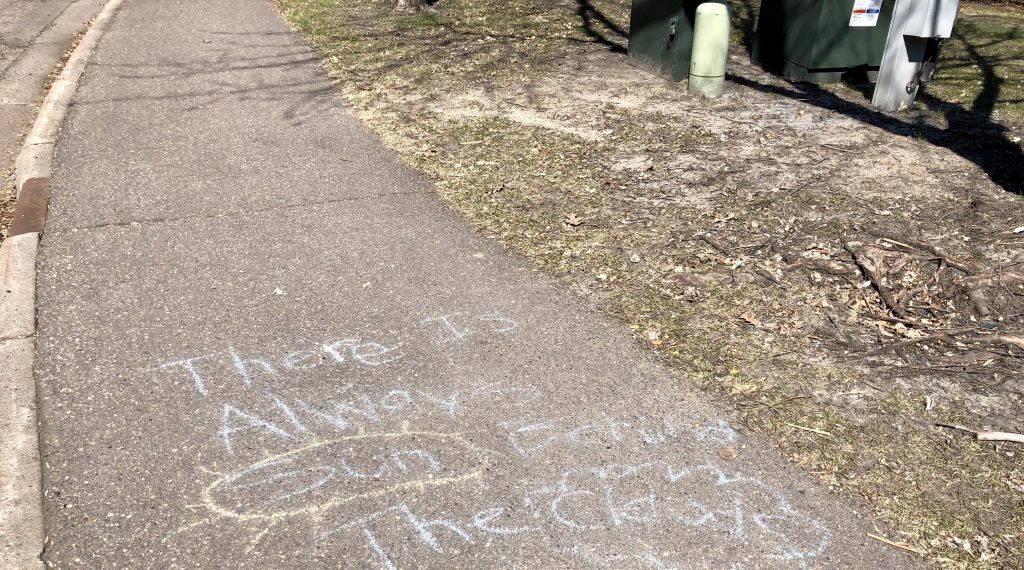
The message was simple and the art was unassuming, but this chalk drawing really caught me off guard in a delightfully disarming way. These were the exact words I needed to hear, and somehow there they were beneath my very feet, practically hitting me over the head with profound symbolism and undeniable meaning.
With a steady smile pulling at the corners of my mouth, I continued for about two hundred yards before coming upon another colorful message: “Sunny days bring happy thoughts.”
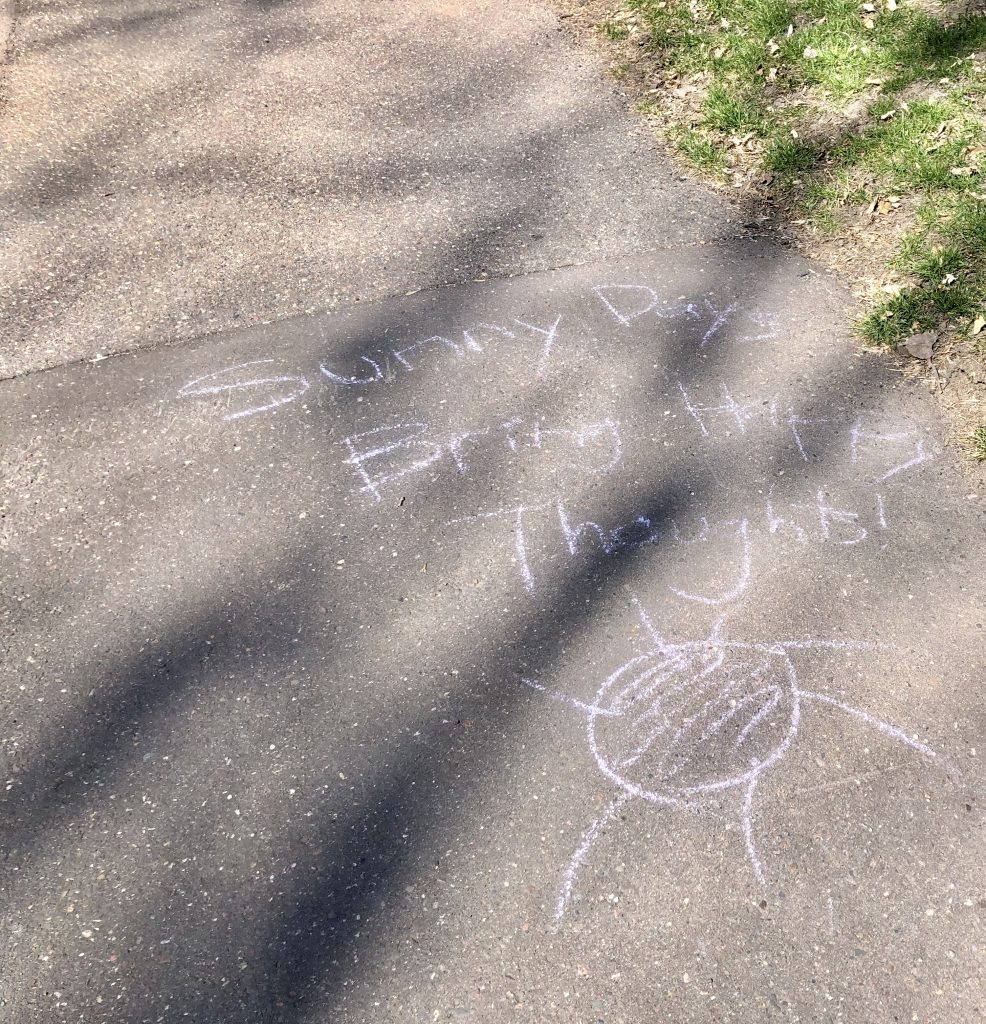
This time I just about lost it. Not only did I appreciate the powerful reminder to stay grounded and maintain perspective, but I was touched someone took the time to reach out, spread connection, and instill hope, even if it was in a small, humble way.
Once you first notice glimmers of hope and electric currents of possibility, you subsequently begin to look for them everywhere else. All at once, you notice the signs in the yard that express gratitude to frontline workers, you savor the ordinary luxury of a midday walk, and you revel in the unexpected beauty of flowers peeking through the tough soil, thriving despite their harsh circumstances. In other words, you train your brain, you rework your perspective, and suddenly the world opens itself up to you.
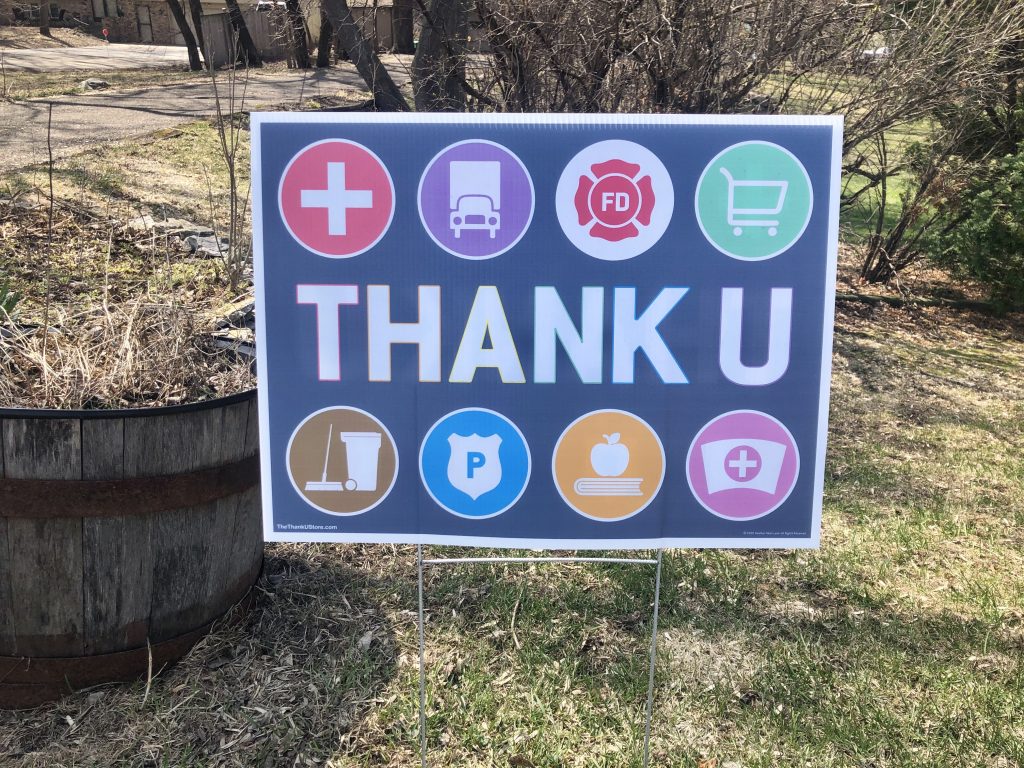
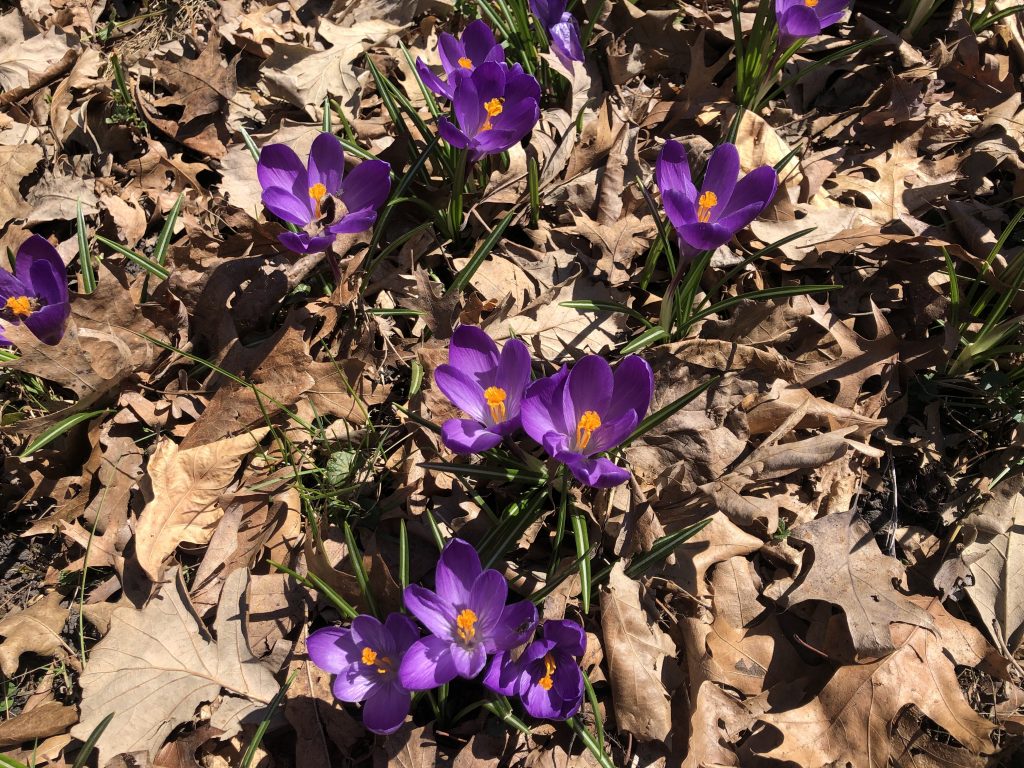
As humans, we serve as both the largest creators of and accelerants for hope. We possess the power to live in solidarity, to lift each other up, and to paint the world yellow when darkness threatens to overtake us.
In the words of Martin Luther King Jr, “we must accept finite disappointment but never lose infinite hope.”
To echo Nelson Mandela, “may [our] choices reflect [our] hopes, not [our] fears.”
Like Emily Dickinson, let’s choose to “dwell in possibility.”
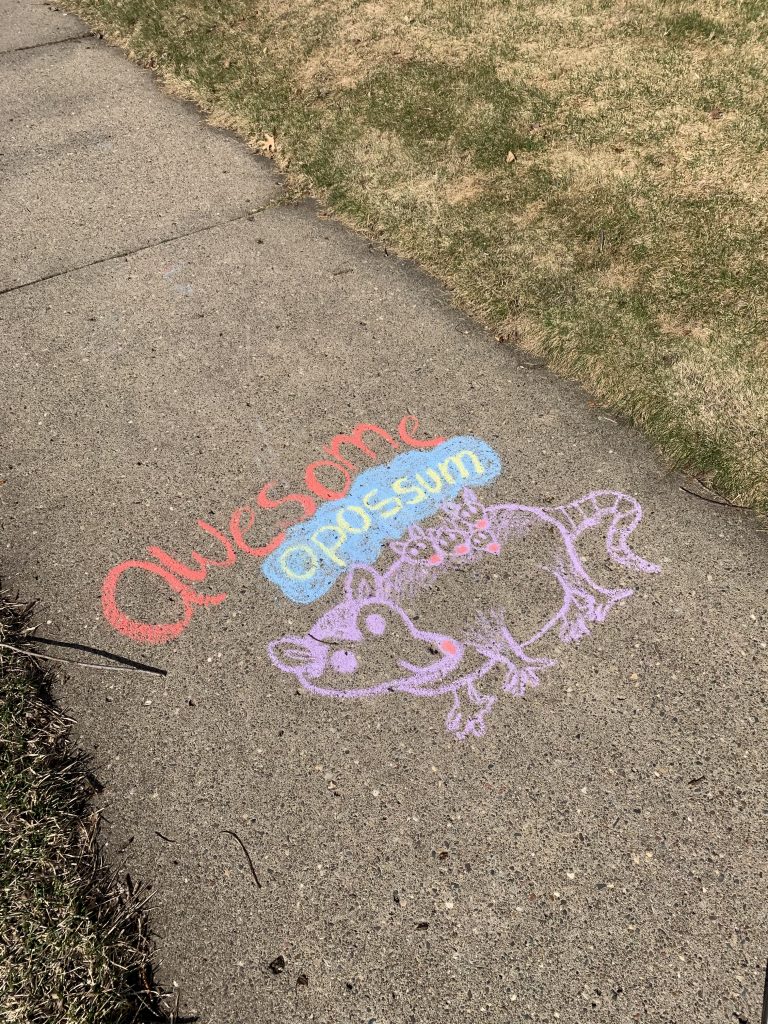
Hope surrounds us. It’s there—always—waiting to be discovered, leveraged, and then exponentially multiplied. Perhaps J.K. Rowling says it best in Harry Potter and the Prisoner of Azkaban when she writes, “Happiness can be found, even in the darkest of times, if one only remembers to turn on the light.”
If we can do this, if we can remember to “turn on the light” and seek the good, then everything will be okay.
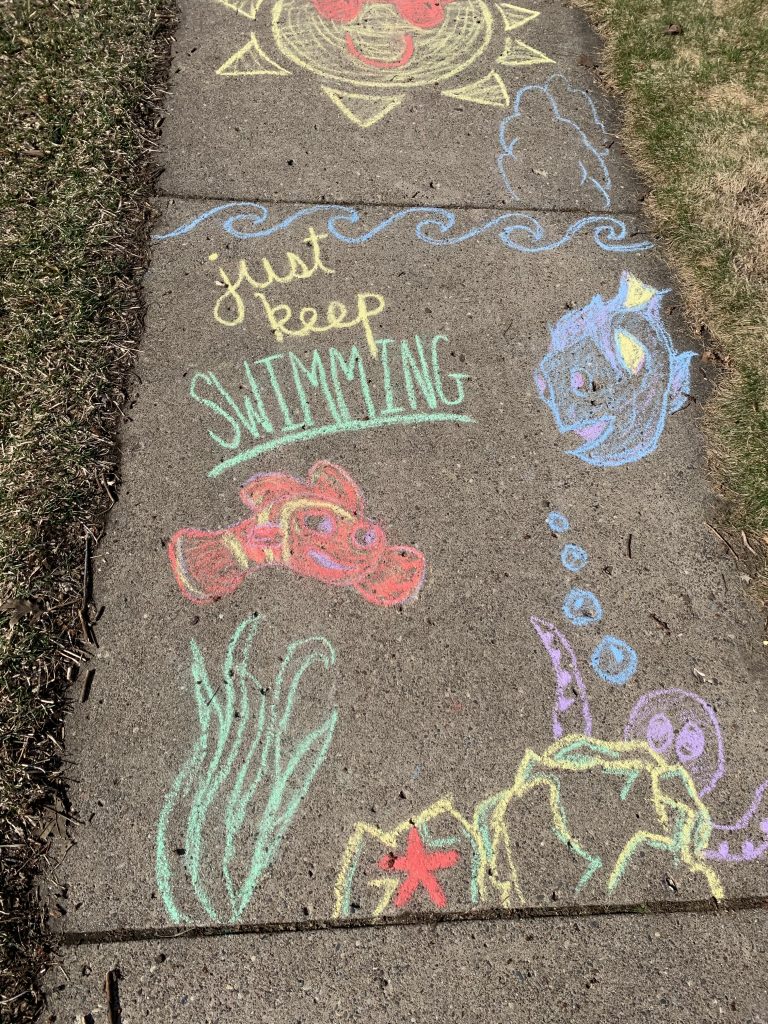
[1] Desmond Tutu.



Comments are closed.